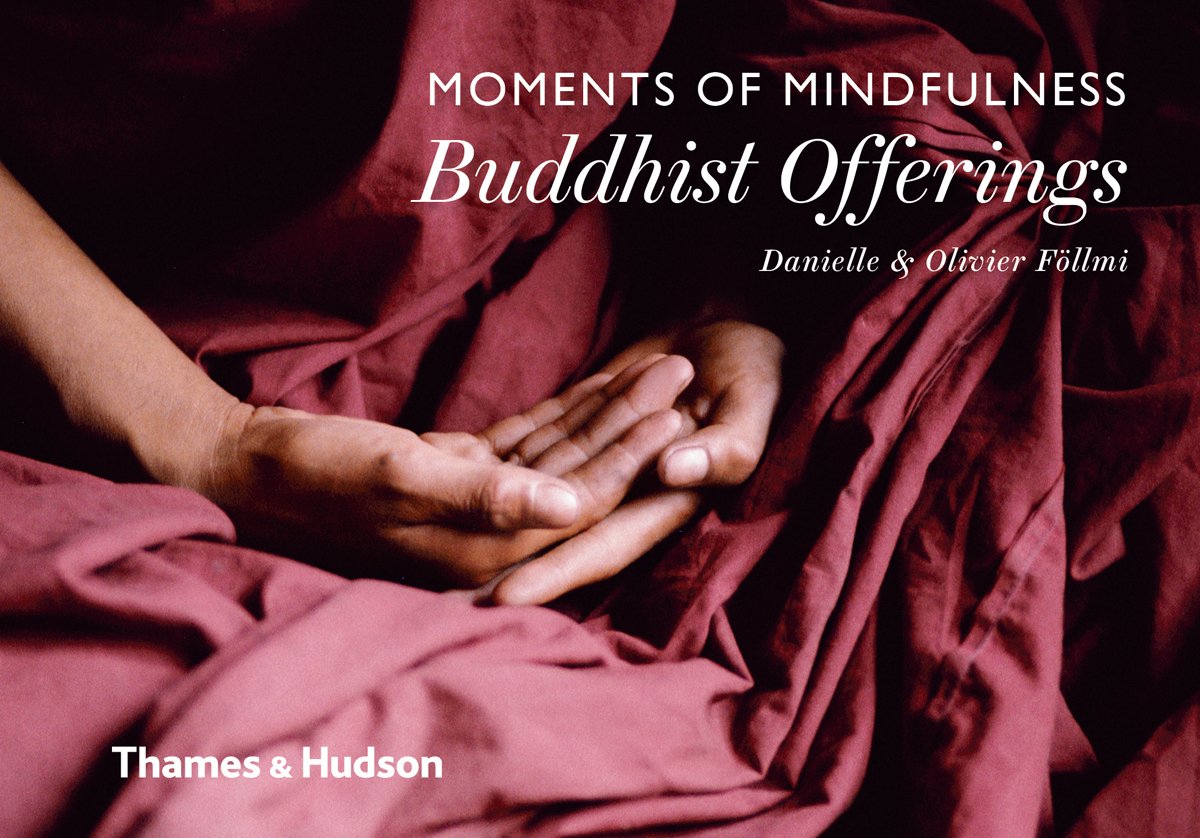Indian Life And People: In The 19th Century
J.P. Losty
Defining a distinct style of painting produced in India during the British period and influenced by European artistic norms, this catalogue of Company Paintings in the TAPI (Textiles and Art of the People of India) Collection is a unique illustration of the social milieu prevailing in India in the nineteenth century. Tracing the origins and evolution of this genre of painting, the volume shines a fresh beam on subjects commissioned to be painted by officials of the East India Company, such as occupations, customs, dress, bazaars, festivals and daily life of ordinary people, a world removed from the elite and princely environment that were the chosen subjects of Indian miniature artists. The catalogue of the TAPI Collection of Company Paintings highlights works from the major regions where such paintings were produced – Murshidabad, Calcutta, Patna, Lucknow, Delhi, Punjab, Kutch, Tanjore, Trichinopoly, Madras, Kerala and the Andhra Coast. It comprises a rich and accurate record of the diverse modes of dress and manners of the people before the advent of photography. This catalogue documents the first-ever exhibition on the subject to be held in India, being a collaboration between TAPI and CSMVS (Chhatrapati Shivaji Maharaj Vastu Sangrahalaya, formerly the Prince of Wales Museum of Western India).
J.P. Losty was for many years curator of Indian visual materials in the British Library in London. He has published extensively on Indian paintings and manuscripts. His latest books include Indian Paintings of the British Period in the Jagdish and Kamla Museum of Art, Hyderabad, 2016, and A Mystical Realm of Love: Pahari Paintings from the Eva and Konrad Seitz Collection, London, 2017. John Keay has been writing about India for over forty years. His India: A History (2000, 2010) is the standard narrative account of South Asia’s past, while India Discovered (1981 and still in print) has inspired a generation of research into the nineteenth-century reconstruction of India’s classical past. Also still in print is his The Honourable Company (1991), a sweeping history of the English East India Company. His latest work is an intriguing biographical quest – The Tartan Turban: In Search of Alexander Gardner. He lives in Scotland.


































